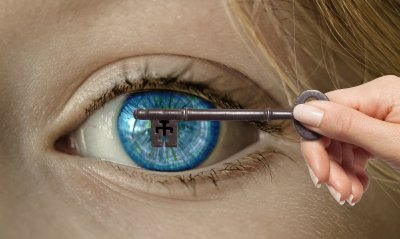Central and peripheral in socionics
In a general sense, the sign "centrality" means the potential readiness (as well as an unconscious craving) of the psyche for pushing itself to limits in conditions of fierce competition (or forced cooperation). "Peripherality", respectively, characterizes the opposite pole — a predisposition to moderate loads and a preference for voluntary cooperation over competition.
1. Intellectual level. Central and peripheral in socionics
The "centrality" sign forms a unipolar picture of the world. It is based on the belief that someone is more right than the other. Central intellectuals tend to have more (especially secret) knowledge than others, and claim to have a deeper understanding of things. They are characterized by attempts to deduce all the consequences from one beginning. Knowledge is primarily a tool of influence: a way to achieve competitive advantages. A peripheral intellectual is quickly slowed down and displaced if it gets into a forced mode and is forced to compete for a place in the hierarchy. He is a stranger to hierarchy and ambition.
2. At the social level. Central and peripheral in socionics
Centrality controls the ability to seize or retain power in one way or another (from authoritarianism to sophisticated technologies for manipulating elections). The central types predominate over the peripheral ones in the lists of rulers, businessmen, cultural figures and other celebrities.
Peripheral types themselves do not seize power and are not able to retain it. If they find themselves at the top of formal structures (for example, the state machine), it is only as satellites or allies of the central types.
3. On a psychological level. Central and peripheral in socionics
Between the central and peripheral there is a contrast in the values of life. The aggressive-victim value complex characterizes the central ones. It is realized through the possession of intimidating power (its use is not necessary) or through the need to feel like a victim. The caring-infantile complex characterizes the peripheral ones. This complex acts as a need to take care of someone who is poorly adapted to the material world, or to adequately accept such care (not to take the caring one for granted).
4. On the physical level. Central and peripheral in socionics
The central ones have a tendency to use doping agents to spur the body when overloading occurs. We are talking not only about smoking and alcohol, but also about the use of any other substances that have tonic or hallucinogenic characteristics. For the central ones, periodic checks of their competitiveness are vital: training in extreme situations, long hikes and other attempts to find the limit, conquer the top, prove that I can, etc. The peripheral ones are born for a more relaxed life without shocks and the need for excessive stimulation.
Comments

Roquentin
16.03.2025 11:49
Jerzy that would be weak valued Se,so you still are a central just a weak Se one for example a ILI.

yaoi
19.01.2025 20:52
i know it's 3 years later buut i think you can still call you central type

Jerzy
08.04.2022 00:50
What if I like challenging myself (hiking, sports, etc) but am also weak and can't do it for a long time
Author
News
Important to know


Creative subtype. DCNH – 4 variants of the type in socionics
Subtypes
Successful interview. Humanist (EII, Dostoevsky). Socionics recommendations
Video: 36 min (in Russian)
Don't miss this, it's also
Interesting

Dichotomies
Extroverts and introverts. Extroversion / introversion dichotomy in socionics
Dichotomies in socionics. Extraversion and introversion. On the physical level, extroverts differ from introverts in their ability...

Type structure
The psyche is multi-layered: type, subtype, profile. The position of Humanitarian socionics
The psyche in Humanitarian socionics is considered as a three-dimensional system of layers-type, subtype, profile, layered on top of each other...

Signs of Reinin in socionics. Individual, quadral, and dyadic features
Individual features in socionics: Signs of Reinin. Extroversion / Introversion…
